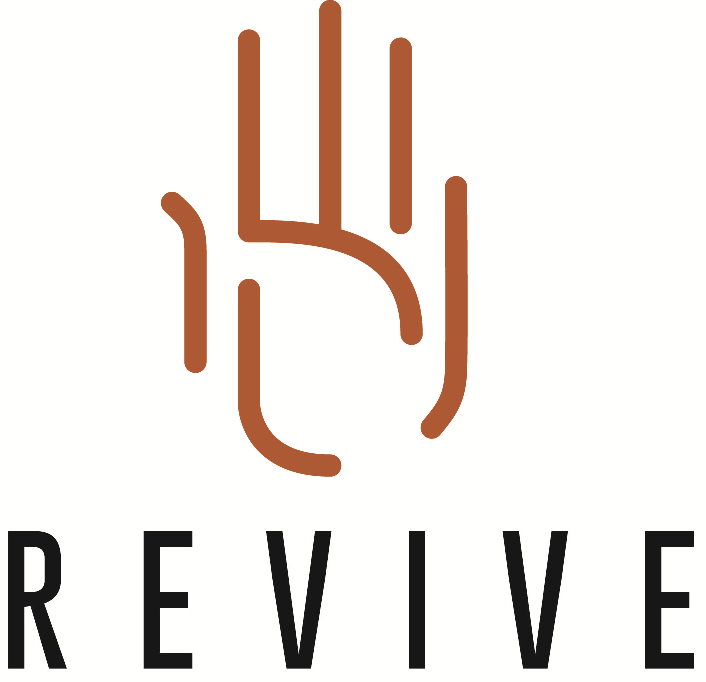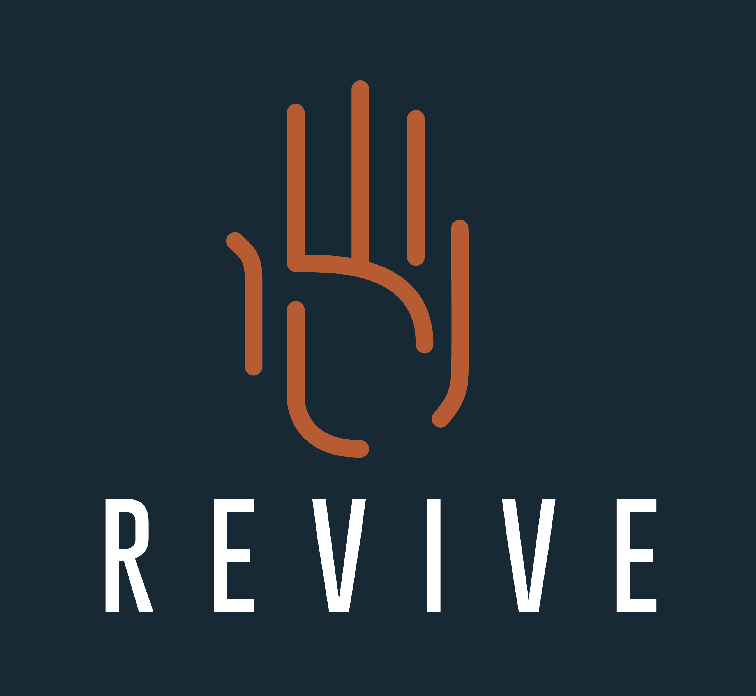Physiotherapy for Osteoarthritis
Osteoarthritis is a joint disease mainly affecting cartilage in the joints and is the most common type of arthritis in elderly people, with 1 in 2 people over the age of 65 having one or more joints with the disease.
Osteoarthritis doesn’t just affect your joints—it can impact your ability to stay active and participate in the activities you enjoy. Our physiotherapy services focus on supporting your joint health while providing tools and strategies to manage pain, improve mobility, and prevent further degeneration. Whether your symptoms are mild or advanced, physiotherapy can help you maintain an active and fulfilling lifestyle.
What is Osteoarthritis?
Osteoarthritis occurs when the cartilage cushioning your joints breaks down, leading to bone-on-bone contact. This results in pain, stiffness, swelling, and often reduced joint function. The condition is typically linked to factors such as:
- Natural Ageing: As cartilage wears down over time, joint symptoms may develop.
- Injury or Overuse: Sports injuries, repetitive movements, or heavy labour can increase stress on joints.
- Obesity: Excess weight places additional strain on weight-bearing joints like the hips and knees.
- Genetic Predisposition: Family history can make some individuals more susceptible.
Although osteoarthritis is a progressive condition, early management can slow its development, improve joint function, and alleviate symptoms. Understanding its causes and effects is the first step towards effective care.
Knee Osteoarthritis
Knee osteoarthritis is one of the most common forms of the condition, often resulting in pain in the knee joint, swelling, and difficulty performing everyday activities like walking or climbing stairs. Patients with knee osteoarthritis typically experience the following symptoms:
- Knee joint pain and stiffness, particularly in the morning or after resting.
- Weakness or instability in the knee.
- Difficulty bending or straightening the knee joint.
Physiotherapy can assist by focusing on strengthening the muscles around the knee to improve joint support, gentle mobility exercises to restore movement and improve flexibility, and provide advice on reducing pressure on the knee through healthy weight management and activity modification.
Hip Osteoarthritis
Hip osteoarthritis can significantly affect mobility, making simple movements like standing, walking, or sitting uncomfortable. Symptoms may include:
- Pain in the hip, groin, or thigh that worsens with activity.
- Reduced range of motion in the hip joint.
- Stiffness or a sensation of grinding during movement.
Physiotherapy addresses these challenges through targeted treatments. Strengthening exercises focus on stabilising the hip joint, while flexibility techniques help to relieve joint stiffness. Postural guidance and joint-protection strategies reduce strain, promoting better movement and reduced pain.
How Physiotherapy Can Help
Physiotherapy plays a vital role in the management of osteoarthritis by addressing both the symptoms and the underlying issues contributing to joint degeneration. Our approach focuses on:
- Reducing Pain: Hands-on techniques, such as manual therapy, target joint stiffness and inflammation, while therapeutic exercises improve blood flow and reduce discomfort.
- Improving Joint Mobility: Stretching and gentle movements help restore range of motion in stiff joints, making everyday tasks easier.
- Building Muscle Strength: Strengthening muscles around affected joints enhances stability and reduces stress on the cartilage.
- Preventing Further Damage: Advice on posture, movement, and lifestyle changes can protect your joints from additional strain.
- Enhancing Quality of Life: Staying active with the right exercises and activities can boost confidence and independence.
Joint health relies on the maintenance of good range of motion and strength around your joint. Without these things, it is likely that you will have degeneration at a rate faster than necessary. Your physiotherapist can diagnose which muscles need strengthening and assist you with improving joint range of movement to ensure your risk factors for osteoarthritis are reduced.
Our Approach to Osteoarthritis Management
At Revive Physiotherapy, we provide tailored care to help you navigate osteoarthritis at every stage. Our approach includes:
Comprehensive Assessments:
Your journey begins with a detailed consultation to assess your symptoms, movement patterns, and goals.
Custom Exercise Programs:
We design exercises that address your unique needs, focusing on building strength, improving flexibility, and enhancing overall joint health.
Manual Therapy:
Our physiotherapists use proven techniques to relieve joint stiffness and improve mobility.
Pain Management Strategies:
This may include education on using heat or cold therapy, relaxation techniques, and pacing activities to reduce discomfort.
Lifestyle Guidance:
We’ll provide advice on managing your weight, optimising your physical activity, and making ergonomic adjustments to protect your joints in daily activity.
By combining these elements, we aim to empower you to take control of your arthritis symptoms and maintain your independence.
Why Choose Us?
When it comes to osteoarthritis management, choosing the right care is essential. At Revive Physiotherapy, our physiotherapists are highly trained in evidence-based practices and bring a compassionate, patient-centred approach to every session.
We take the time to ensure that each treatment plan is customised to fit your unique needs and goals. Our team stays up-to-date with the latest research to provide the best possible care and ensure that you receive the most effective treatments available. We also focus on creating a supportive environment where you feel heard and valued throughout your treatment journey.
Take the First Step Towards Better Joint Health
Osteoarthritis can be managed with the right support. Our team is here to help you improve mobility, manage pain, and regain control of your health. Contact us today to book a consultation and learn how physiotherapy can make a difference in your life.

